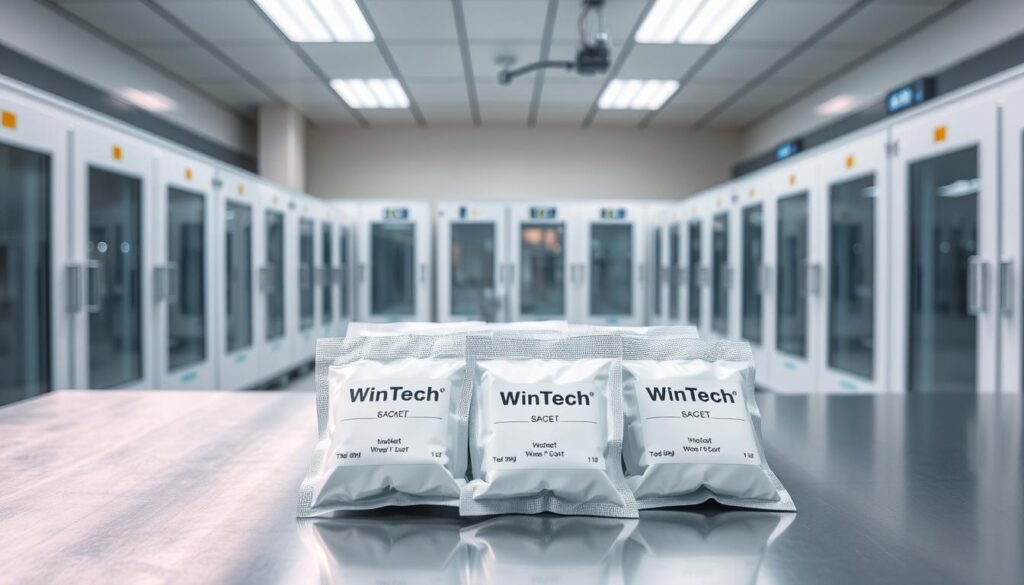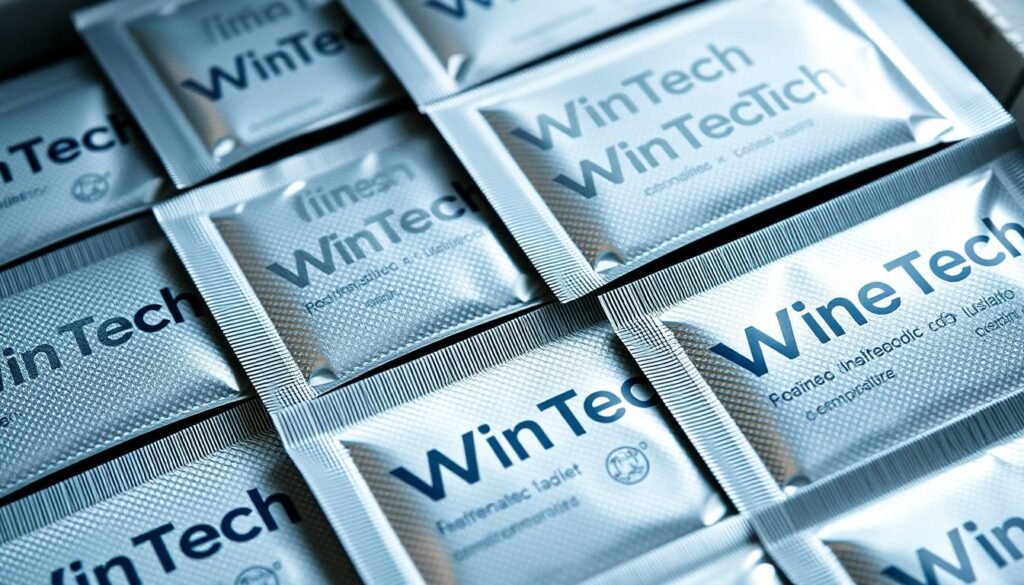Have you ever wondered how critical products like vaccines, fresh seafood, or high-value pharmaceuticals remain perfectly preserved during their complex journey across global supply chains? The answer might surprise you: single-use sachets are revolutionizing temperature-sensitive logistics.
What are sachets, and why are they becoming a game-changing solution in cold-chain distribution? These innovative packaging technologies are transforming how industries protect temperature-sensitive goods from manufacturing to final delivery. Understanding what are sachets can help businesses dramatically improve product integrity and reduce wastage.
Cold-chain logistics demands precision. A temperature deviation of mere degrees can compromise product quality, safety, and economic value. What Are Sachets vs packets represent a strategic approach to maintaining consistent environmental conditions during transportation and storage.
Single-use sachets provide a targeted solution for industries ranging from pharmaceuticals to food processing. They offer precise temperature control, minimize contamination risks, and enhance overall supply chain efficiency.
Key Takeaways
- Sachets are critical for maintaining product quality in temperature-sensitive industries
- Cold-chain distribution requires specialized temperature management solutions
- Single-use sachets offer precise and reliable temperature control
- Innovative packaging technologies can significantly reduce product wastage
- Understanding sachet technology is essential for modern logistics professionals
Understanding What Are Sachets and Their Role in Cold-Chain Distribution
Sachets have revolutionized packaging across multiple industries, offering innovative solutions for temperature-sensitive products. These small, versatile containers provide unique advantages in protecting and preserving various goods during transportation and storage.

Sachets are compact packaging solutions designed to contain small quantities of products while maintaining their integrity. They come in various materials and formats, each tailored to specific product requirements.
What Are Sachets? Exploring Packaging Varieties
Different types of sachets serve unique purposes in cold-chain distribution:
- Foil sachets: Ideal for protecting sensitive pharmaceutical and food products
- Liquid sachets: Perfect for beverages and liquid medications
- Paper sachets: Environmentally friendly option for dry goods
- Cosmetic sachets: Specialized packaging for beauty and personal care products
- Food sachets: Designed for preserving culinary ingredients
Benefits of Using Sachets for Temperature-Sensitive Goods
Sachets offer remarkable advantages in preserving product quality:
- Enhanced product protection
- Reduced contamination risks
- Improved logistics efficiency
- Precise portion control
- Cost-effective packaging solution
Challenges in Cold-Chain Logistics
While sachets provide numerous benefits, you should be aware of potential challenges. Proper handling and storage are crucial to prevent potential leakage or compromised product integrity during transportation.
Effective sachet management requires careful planning and specialized cold-chain expertise.
Understanding the nuanced world of sachets can help you optimize your distribution strategies and ensure product quality remains uncompromised throughout the supply chain.
How Sachets Enhance Product Integrity in Cold-Chain Operations
Cold-chain distribution presents complex challenges for maintaining product quality. Sachets packaging emerges as a critical solution for protecting temperature-sensitive goods during transportation and storage.

Wintech Package has developed innovative sample sachets that revolutionize temperature-sensitive product protection. Their expertise demonstrates how specialized packaging can solve critical logistical challenges.
What Are Sachets Made Of?
Sample sachets are typically constructed from advanced materials designed for optimal performance:
- Multi-layer polymers with barrier properties
- High-performance insulating materials
- Temperature-resistant composites
- Moisture-resistant films
The Impact of Sachets on Temperature Control
Temperature fluctuations can dramatically affect product integrity. Specialized sachets packaging provides crucial protection against environmental variations.
| Material Property | Temperature Protection Range | Key Benefit |
|---|---|---|
| Thermal Barrier Layers | -20°C to 40°C | Prevents Thermal Shock |
| Moisture-Resistant Films | 0-95% Humidity | Maintains Product Stability |
| Multi-Layer Polymers | -40°C to 60°C | Extreme Environment Protection |
Case Studies: Successful Use of Sachets
Real-world applications demonstrate the effectiveness of advanced sachets packaging. Pharmaceutical and biotechnology industries rely on these innovative solutions to protect sensitive materials during transportation.
“Precision in packaging can mean the difference between a viable product and a complete loss.” – Cold-Chain Logistics Expert
By implementing specialized sample sachets, companies can significantly reduce product degradation risks and ensure consistent quality across complex distribution networks.
Key Considerations for Implementing Sachets in Your Distribution Process
Integrating sachets into your cold-chain distribution strategy requires careful planning and strategic implementation. What are sachets, and how can they transform your logistics approach? These specialized temperature-control solutions offer pharmaceutical and food industries a precise method for maintaining product integrity during transportation and storage.
When comparing sachets vs packets, sachets provide superior temperature management with their advanced material composition. Your distribution process can benefit from their compact design and ability to regulate thermal environments. Pharmaceutical companies increasingly recognize these innovative packaging solutions as critical for preserving sensitive products.
Best Practices for Usage
Proper handling of sachets demands understanding their specific temperature range capabilities. Select sachets that match your product’s exact thermal requirements. Train your logistics team on correct placement, storage, and monitoring techniques to maximize their effectiveness in cold-chain operations.
Future Trends: Innovations in Sachet Technology
Emerging sachet technologies are revolutionizing cold-chain distribution. Smart sachets with integrated temperature monitoring capabilities are becoming more prevalent. These advanced solutions provide real-time tracking and ensure your temperature-sensitive products remain within optimal conditions throughout their journey.


